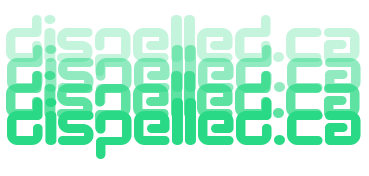RC Circuits
RC circuits are circuits that contain both resistors (R) and capacitors (C). They are used in various applications, such as filtering, timing, and signal processing.
Types of RC Circuits
There are two main types of RC circuits:
- Series RC Circuit: The resistor and capacitor are connected in series.
- Parallel RC Circuit: The resistor and capacitor are connected in parallel.
Time Constant
The time constant (τ) of an RC circuit is a measure of how quickly the circuit responds to changes in voltage. It is given by:
τ = R * C
Where:
- τ is the time constant (in seconds)
- R is the resistance (in ohms)
- C is the capacitance (in farads)
Charging and Discharging
The voltage across the capacitor in an RC circuit changes over time as the capacitor charges or discharges. The equations for charging and discharging are:
Charging: V(t) = V0 * (1 - e^(-t/τ))
Discharging: V(t) = V0 * e^(-t/τ)
Where:
- V(t) is the voltage across the capacitor at time t
- V0 is the initial voltage
- t is the time
- τ is the time constant
Applications of RC Circuits
RC circuits are used in various applications, including:
- Filtering: Removing unwanted frequencies from signals.
- Timing: Creating time delays in circuits.
- Signal Processing: Shaping and conditioning signals.
Example Circuit
Here is an example of a simple low-pass filter using an RC circuit:
Components:
- Resistor (1k ohm)
- Capacitor (100uF)
- Power supply (5V)
Circuit:
1. Connect the resistor and capacitor in series.
2. Connect the series combination to the power supply (5V).
3. Measure the voltage across the capacitor.
The cutoff frequency of the low-pass filter is given by:
f_c = 1 / (2 * π * R * C)
Check out some Bands on Bandcamp.com. Seven Times Refined by Altogether Steve and the Mercenaries, Crazy Fingers (Vancouver 1991), Flying Butt Pliers, and Hammy Ham Hands.
Proudly powered by a Text Editor, an IDE, an SFTP client, some Internet searches, and more recently help from some AI.
2025 dispelled.ca end of file.
